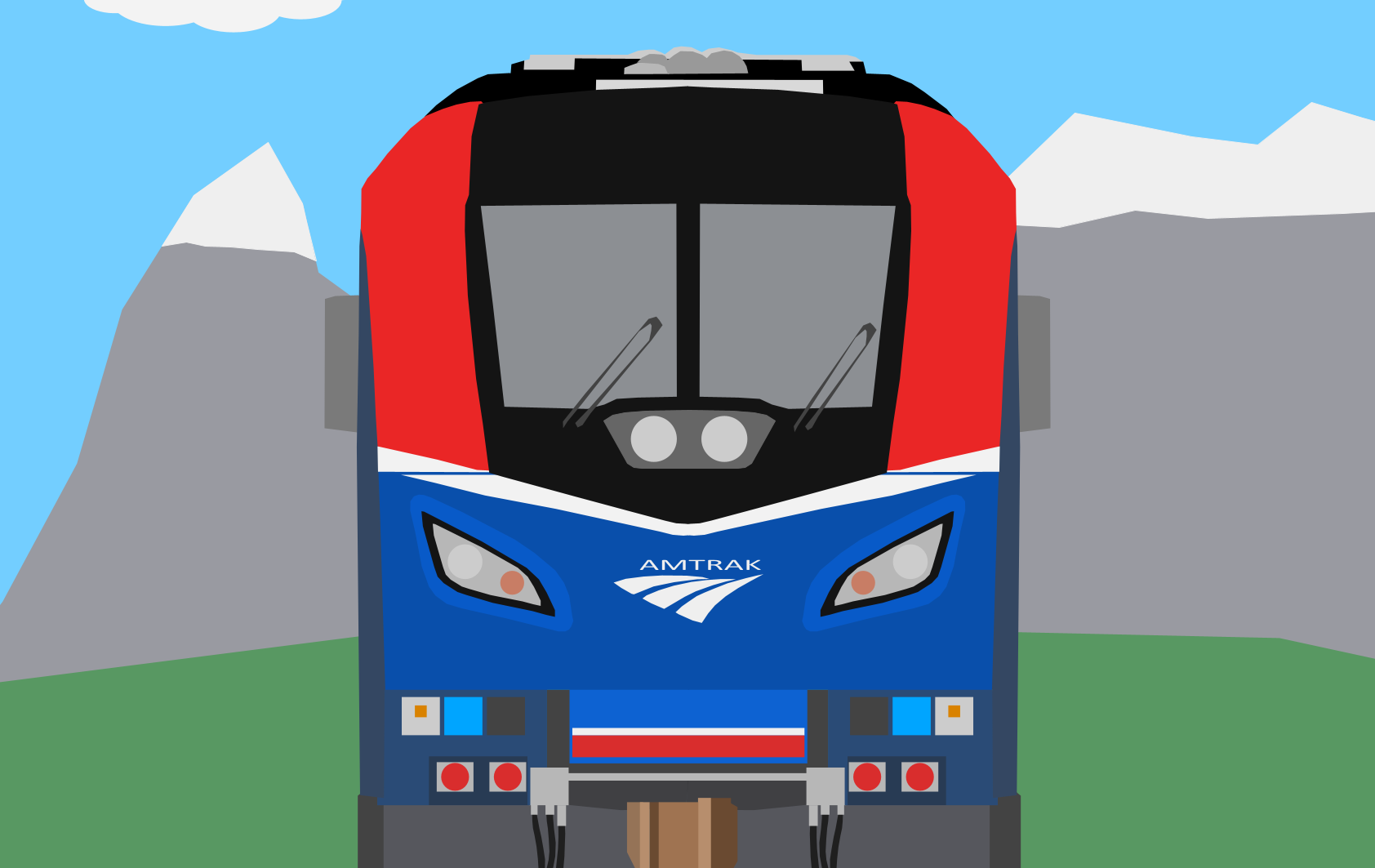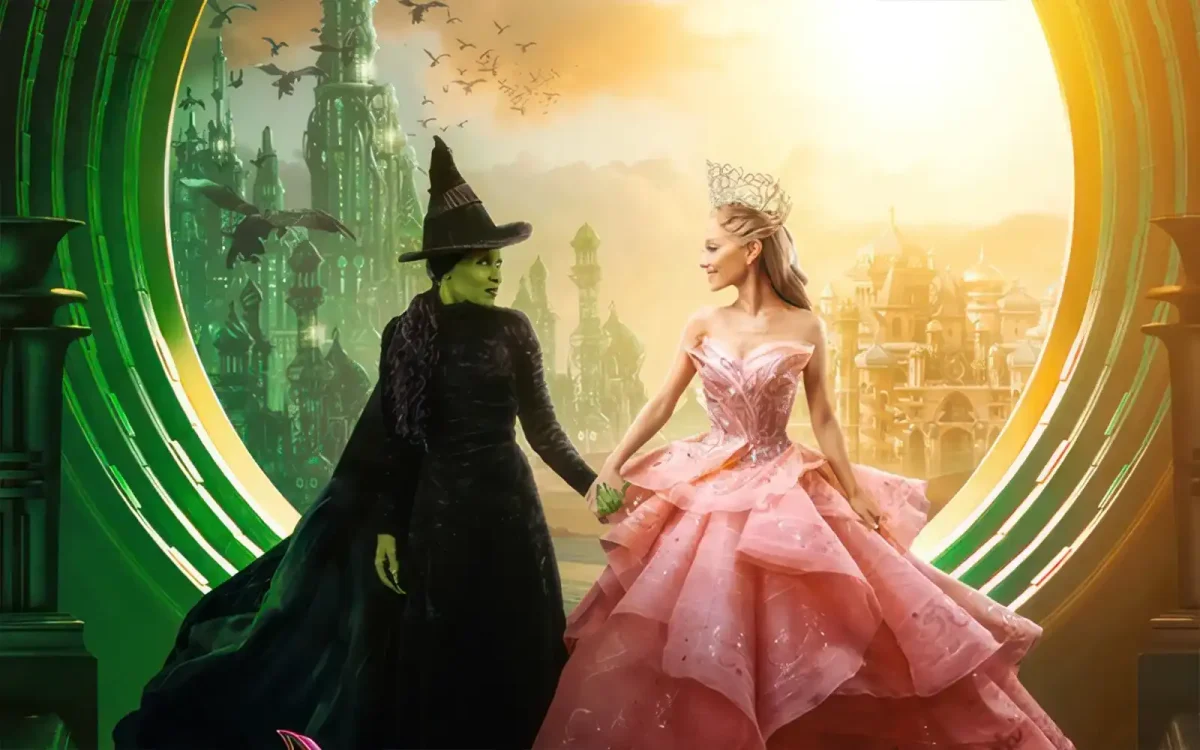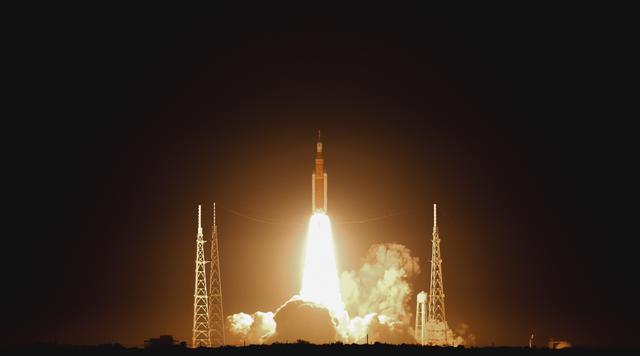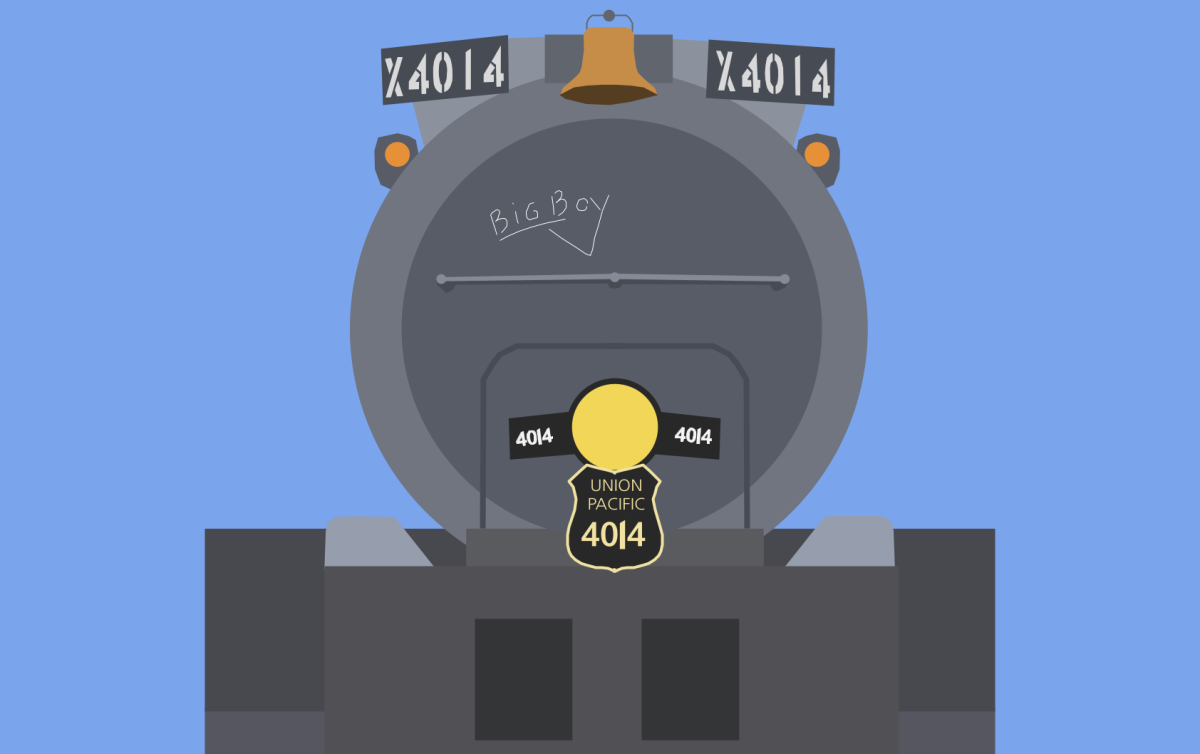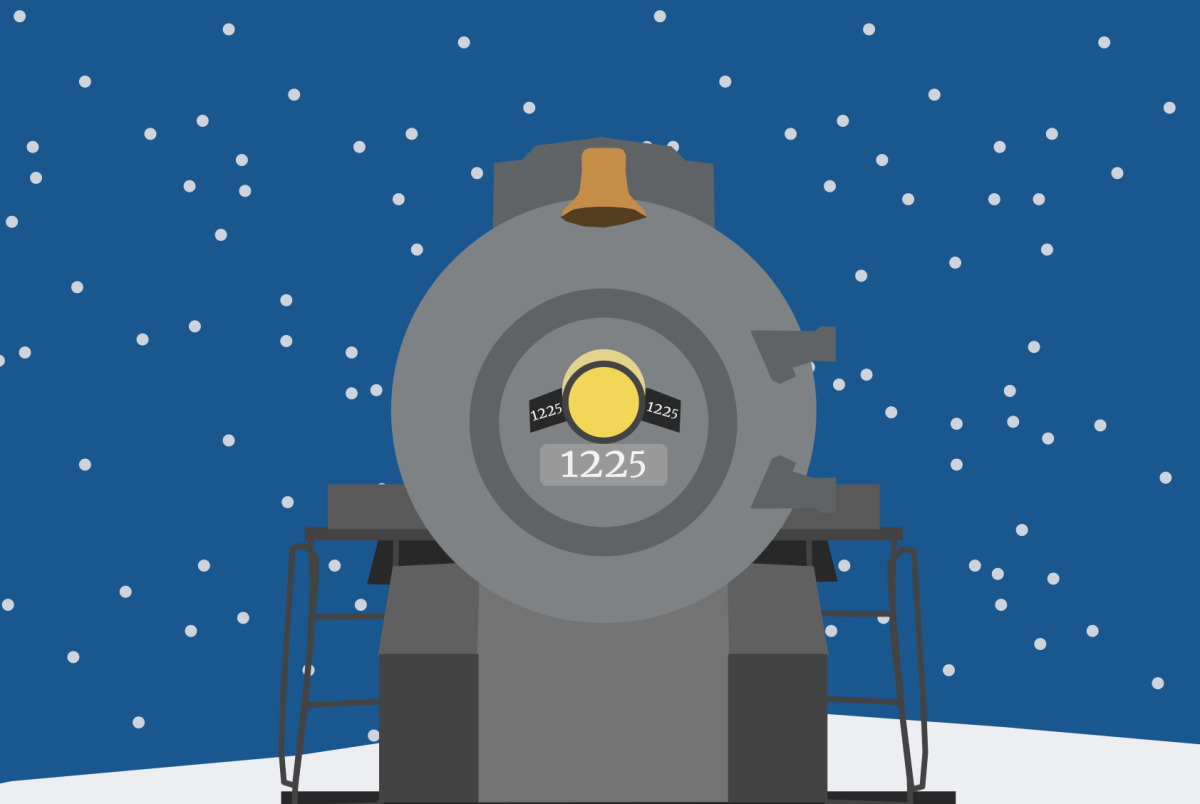Passenger trains are fantastic. They’re fast, they’re stylish, and they’re better for the environment. They’re usually on time, and it’s just truly wonderful to see the hills of Europe speed by.
Wait, I’m supposed to talk about Amtrak? The American transit system with slow, delayed trains that get stuck in the siding because the major railroads break the law?
Our journey today will not be that of the majestic Rockies and the expansive plains that you can see from the train windows, but one of negligence and laws broken by corporations so large and important to the economy that it’s hard to tell the two apart.
In the late ‘60s, the railroads were losing hundreds of millions of dollars a year because of their passenger services, which the government forced them to keep open. However, as losses began to increase year after year, the government conceded that if they wanted to keep rail travel open to the public, they’d have to take on the responsibility of providing that service. In 1970, the Rail Passenger Service Act was passed by Congress to form Amtrak, a nationalized passenger rail company that, in return for operating their passenger services, would run on the rail networks of the so called “host railroads.” For example, the Union Pacific Railroad owns the track that goes through Oregon City, but Amtrak is allowed to run trains to service the station. Amtrak pays the railroads for their use of the infrastructure, and voila! Nationwide passenger rail.
However, within three years of this deal, a pattern began emerging: the freight railroads were prioritizing their trains over Amtrak’s. When they’d run the passenger services, they had given the trains priority, but now that they no longer had to deal with the customer relations of the public trying to travel by train, they couldn’t care less. This is a practice that continues to this day, and is the primary cause of Amtrak delays.
Now, that’s quite odd, considering that §2430 8 of title 49, United States Code, which regulates Amtrak and its relationships with freight railroads, reads: “PREFERENCE OVER FREIGHT TRANSPORTATION.—Except in an emergency, intercity and commuter rail passenger transportation provided by or for Amtrak has preference over freight transportation in using a rail line, junction, or crossing unless the Board orders otherwise under this subsection.”
In other words, Amtrak passenger trains take priority over freight trains – they need to pull into a siding (a section of track that runs parallel to the mainline for a distance) to let the passengers go by. And what’s one of their primary excuses for not doing this?
The fact that freight trains are too long to pull over. For example, on the route for Amtrak’s Sunset Limited, a service that goes across the south of the US, Amtrak claims that there is a 604-mile stretch of track within the Union Pacific’s network that doesn’t have a single siding over 10,000 feet long. This is a major problem, as the UP often runs trains that are longer than 12,000 feet – which is more than 2 and a quarter miles long.
From the freight railroad’s perspective, there’s a number of reasons why they’d want longer trains. Longer trains mean that you don’t need as many locomotives, which means you can use the extras for other duties (such as running other trains or organizing railyards) and save money on their maintenance. It also means that they don’t have to pay as much crew. Each train must have two crew members, one conductor and one engineer/driver, so less trains means less wages paid out. However, longer trains can also block crossings for longer times, and when stopped block more crossings. This has led to incidents where children and other pedestrians are going between cars to get to their destinations, which is understandable, as no one wants to walk over a mile out of their way. But it’s also extremely dangerous. Trains can move at any time. But when a train sits for hours at a time, there’s a false sense of security, inviting people to slip through.
Don’t take my criticism and accusations as hate for our railroads – I will always love the Union Pacific for their steam program, and the BNSF has inherited a fantastic heritage and uses a lovely orange livery. But there’s always room for improvement, and the railroads should be held to a standard befitting the heart of America’s industries.


